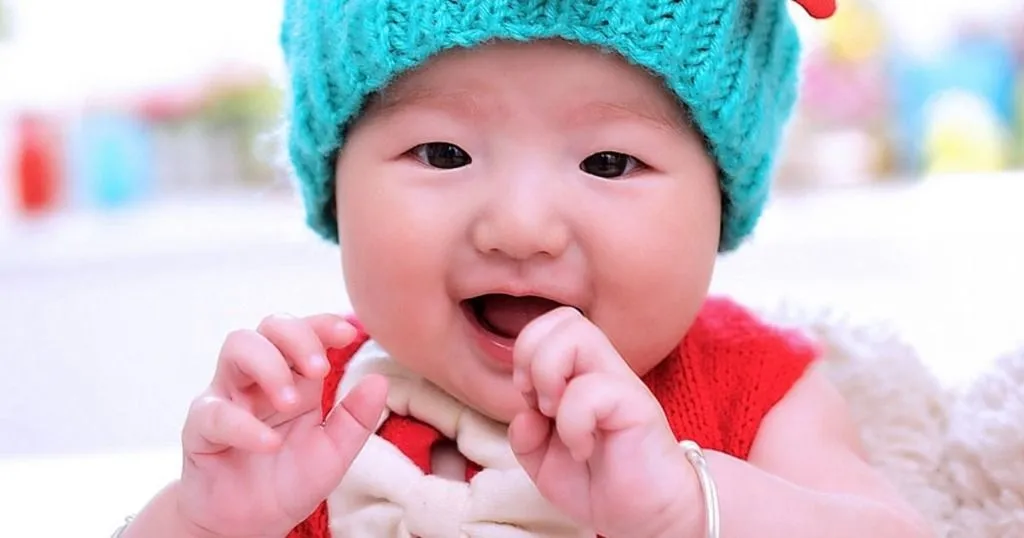Infant behavior experiments
When a baby is born prematurely, this baby and his or her parents often experience a rough start. You can think about eating problems, high risk of infection, or even anemia.
Posted by
Published on
Tue 29 May. 2012
Topics
| Coding Schemes | Infants | Methods And Techniques | Labs | The Observer XT | Video Observation |

When a baby is born prematurely, this baby and his or her parents often experience a rough start. You can think about eating problems, high risk of infection, or even anemia. Researchers focus on the differences between term and preterm infants in order to understand certain behavior, communication abilities, and learning skills so they learn more about the effects of a preterm birth.
Learn more about the Early Social Communication Scales
And researchers try to assess the effectiveness of interventions, such as the “Vermont Intervention Program for Low Birthweight Infants” (Rauh, 1979). By observing parent-infant interaction, researchers gain more insight in specific behaviors such as joint attention.
Observing mother-infant interaction
Olafsen et al. (2006) observed mother-infant interaction and investigated whether early intervention could be beneficial for infants with a low birth weight.
The observers classified children’s behavior into one of three mutually exclusive categories of early social communication behaviors. The authors used the Early Social Communication Scales ESCS protocol described by Mundy et al. (2003).
15-20 minutes of video were coded using the ESCS. This structured observational measure was used to assess children’s use of several non-verbal communication skills. Social Interaction Behaviors were described as ‘the capacity of the child to engage in playful, affectively positive turn-taking interactions with others’. In this study, the infants sat at a table opposite to the researchers and a set of toys was used as targets. The manual of Mundy describes in depth the ESCS and this procedure was followed.
Girls outperformed boys on all communication elements
Olafsen et al. show that an intervention implemented during the neonatal period can positively influence social communication performance in 1-year-old preterm infants. One of the conclusions the authors present is that girls outperformed boys on all communication elements. To the best of the authors’ knowledge, gender differences in joint attention have not been reported before.
References
- Mundy, P., Delgado, C., Block, J., Venezia, M., Hogan, A., & Seibert, J. (2003). Manual for the early social communication scales (ESCS) (2nd ed.). Psychology Department, University of Miami, www.psy.miami.edu/faculty/pmundy/ESCS.pdf.
- Olafsen, K.S.; Rønning, J.A.; Kaaresen, P.I.; Ulvund, S.E.; Handegård, B.H.; Dahl, L.B. (2006) Joint attention in term and preterm infants at 12 months corrected age: The significance of gender and intervention based on a randomized controlled trial. Infant Behavior & Development, 29, 554-563.
- Rauh, V.A. (1979). Vermont Intervention Program for Low Birthweight Infants. In Olafsen et al. translated into Norwegian, modified by J.A. Rønning and S.E. Ulvund, Unpublished manuscript, University of Tromso, Norway.
Related Posts

PCIT: Parent-Child Interaction Therapy

Systematic behavioral observation – two coding scales

